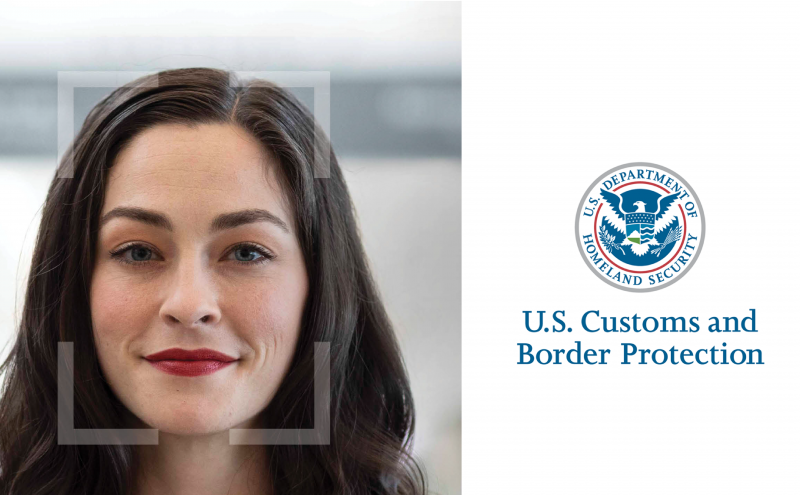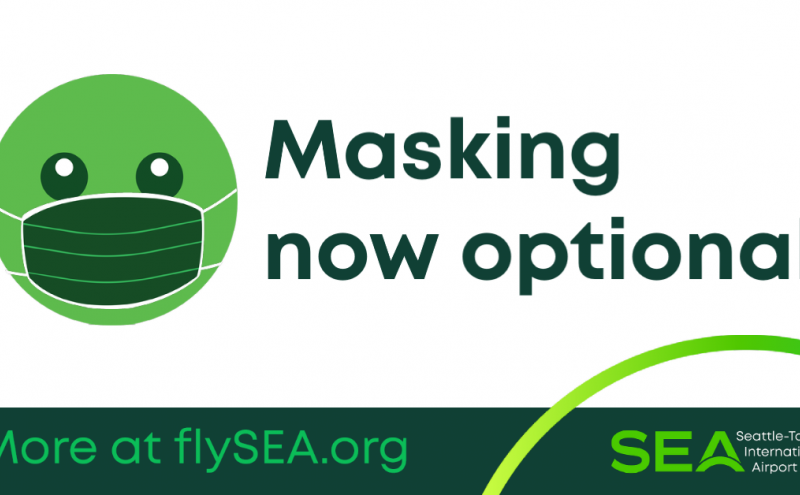
This blog post was updated on Feb. 4, 2021
COVID-19 Protocols for International Travel:
A negative COVID-19 test is required for all international passengers coming into the U.S. with written documentation of a laboratory test result (paper or electronic copy) provided to the airline. This is combined with the CDC recommendation to get tested again 3-5 days after arrival and stay home for seven days post-travel. Effective as of Jan. 26, the CDC's protocols are in place during international arrivals and passport control process at SEA as well as the implementation of facial recognition. See more COVID-19 testing and travel requirements.
Prior to the COVID-19 global pandemic, Seattle-Tacoma International Airport (SEA) was a destination for adventure and warm fuzzies. We were the bon voyage and the welcome home.
International traffic is more than 80% down from 2019 to the end of 2020. SEA has recovered over half of our pre-pandemic international services.
Most passengers continue to follow state guidance to avoid non-essential travel, but when the time is right, we also know you have loved ones to visit, business to do, and trips of a lifetime to experience.
FlyHealthy@SEA is our work to ensure the health and well-being of you and airport workers.
Temporary travel restrictions remain with entry limited to U.S. passport holders and permanent residents flying into the U.S. Here is the latest international travel information you might need to prepare or plan for a trip.
Current International Service Available
As the region’s gateway to the globe, SEA's 30 airlines connected to 91 non-stop domestic and 27 international destinations before COVID-19. International service is resuming, but temporary travel restrictions remain in place for U.S. travelers, restrictions depend in citizenship and other information so please contact the Embassy directly for more specific guidance. Information on travel restrictions are subject to change, view the COVID-19 Travel Regulations Map and stay in touch with your airline for other policy changes.
Today, airlines at SEA are serving several routes abroad:
-
Mexico:
- AeroMexico to Mexico City
- Alaska Airlines to Mexico (Cancun, Los Cabos, Puerto Vallarta)
- Delta Air Lines to Mexico (Cancun, Los Cabos, Puerto Vallarta)
- Volaris to Guadalajara
-
Canada:
- Air Canada to Vancouver, B.C.
- Alaska Airlines to Vancouver, B.C.
- Delta Air Lines to Vancouver, B.C.
-
Europe:
- British Airways to London
- Delta Air Lines to Amsterdam
- Lufthansa to Frankfurt
-
Asia:
- Asiana Airlines to Seoul
- All Nippon Airways (ANA) to Tokyo
- Delta Air Lines to Seoul
- Delta Air Lines to Tokyo
- Delta Air Lines to Shanghai-Pudong
- EVA Air to Taipei
- Korean Air to Seoul
- Japan Airlines (JAL) to Tokyo
-
Middle East:
- Qatar Airways to Doha
- Emirates Airlines to Dubai
Last updated March. 2, 2021
Airline and Airport Actions
Like SEA, airlines and airports around the world are keeping you healthy with enhanced disinfection and cleaning, physical distancing and other best public health best practices like the use of face coverings.
Alaska Airlines implemented its Next-Level Care campaign. Explore Delta’s robust efforts in response to COVID-19, including temperature screening for employees. EVA Air makes masks available on all flights as well as other actions to protect travelers. Asiana Airlines designed its experience so you can travel safely. Korean Air aircraft go through a special disinfection process along with other protocols. Volaris added health and prevention measures such as providing antibacterial gel, health control surveys and taking temperatures using a remote and non-contact laser thermometer, just to name a few.
Airports worldwide have requirements and requests for passengers from face coverings and good personal hygiene to slow the spread of germs. For example, Incheon International Airport (ICN) in Seoul has three-stage temperature checks for departing passengers and provides more robust screening to those traveling to the U.S. Vancouver International Airport (YVR) is implementing a robust program that encompasses frequent cleaning, physical distancing and hand sanitizer dispensers throughout the terminal.
Arrival at SEA
Once international travelers arrive at SEA, your experience will look and feel different. Screening is performed by federal agencies, including the Department of Homeland Security (DHS), Customs and Border Patrol (CBP), and the Centers for Disease Control and Prevention (CDC).
The international arrivals process changes frequently and may be slightly different for every passenger depending upon their itinerary or health status. However, every passenger entering the U.S. at SEA goes through the three steps below.
- Step 1: CBP Manifest Review and Destination Analysis — CBP officers use a combination of traveler history records, officer questioning and observation, and self-declarations to identify individuals requiring enhanced health screening.
- Step 2: CDC Travelers Health Declaration (THD) — Arriving travelers from China, Iran and Brazil and from the European Schengen countries and United Kingdom complete a Travelers Health Declaration when exiting the flight. If travelers are not coming from areas of concern and are not reporting or displaying symptoms, they will go through passport control as normal and questionnaires may or may not be collected.
- Step 3: CDC Physical Screening — CDC officers monitor passengers as they come into international arrivals, watching for physical symptoms of the disease. If passengers do not report or demonstrate any COVID-19 symptoms, they will not be screened.
Beyond the screening process, SEA took actions to protect you at our airport, including:
- Face coverings are required
- Signage for reminders and spacing to honor physical distancing
- Plastic protective barriers that buffer travelers and airport employees
- Frequent disinfection with medical-grade cleaning products
- Added over 280 hand sanitizer stations throughout the terminal for your use. Download the SEA App with our interactive map of hand sanitizer locations.
- Each dining and retail tenant at SEA developed COVID-19 operational readiness plans detailing procedures such as physical distancing requirements, sanitation and personal hygiene protocols, personal protective equipment, and how to provide services while limiting close interactions.
FlyHealthy @ SEA will continue to evolve as travelers return to the airport. Thanks to all employees and travelers that are working to protect the health each other — we’re in this together and we will get through it.









